
The Transformation of Interior Design with 3D Modeling
August 16, 2023
Understanding Contemporary Design: The Art of the Present
August 17, 2023Unlocking the Secrets of Interior Design Techniques: Pro Tips for Creating Stunning Spaces
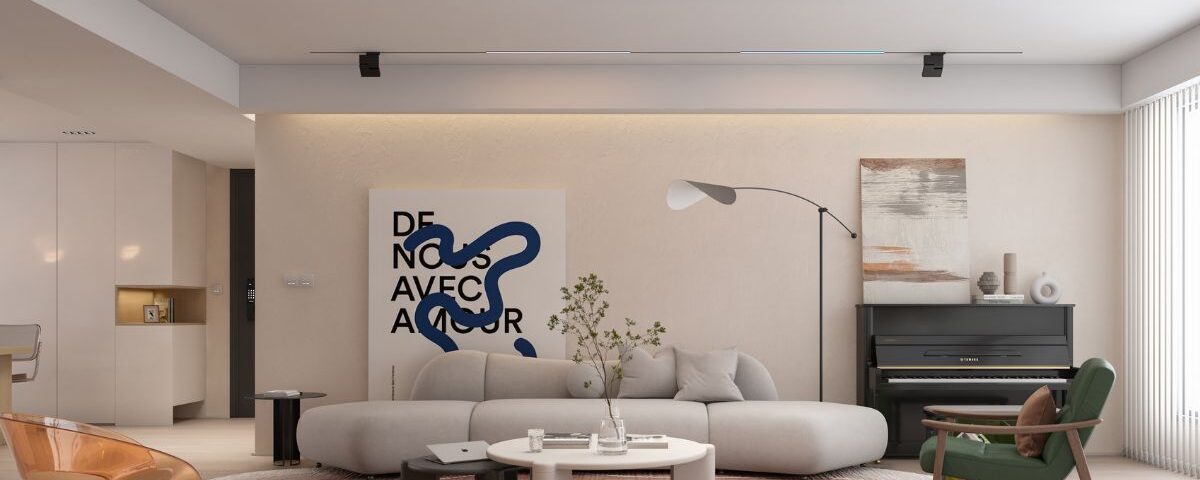
Interior design is not just about creating beautiful spaces; it’s about solving problems and making spaces work. To do this effectively, interior designers employ a variety of Interior Design Techniques. This article will reveal the secrets of these techniques and give you pro tips to create stunning spaces.
Table of Contents
The Intricate Art of Sketching in Interior Design
Importance of Sketching
Before the digital age, sketching was the primary method of communicating design ideas. Even today, it remains a crucial part of the design process. Read more about the art of sketching in interior design here.
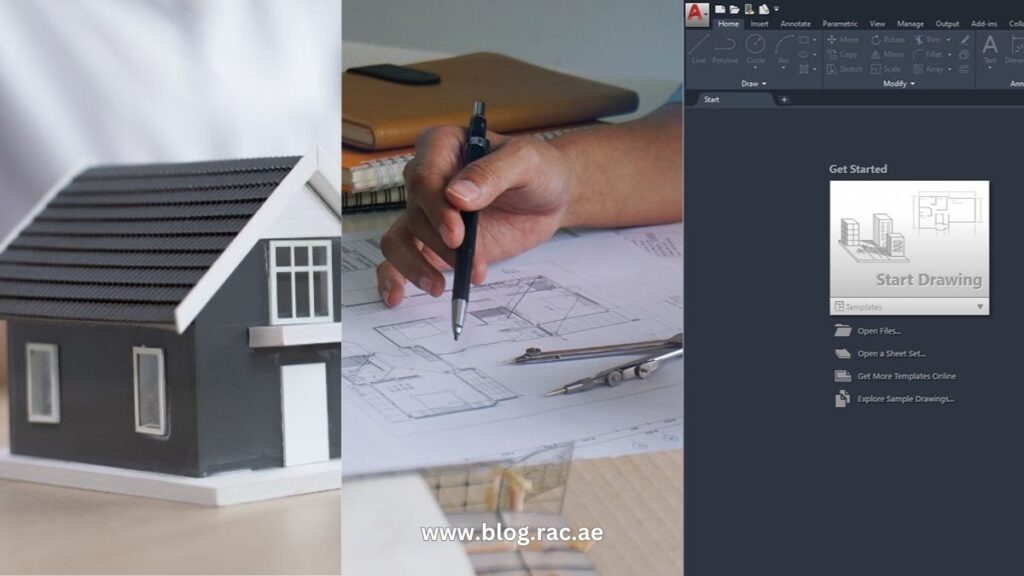
Tips for Effective Sketching
While everyone’s sketching style is different, here are some tips that can help:
- Start with basic shapes and lines, then add details.
- Don’t be afraid to make mistakes sketching is an iterative process.
- Practice perspective drawing to capture the depth of spaces.
Embracing Computer Aided Design (CAD)
Why CAD is a Game Changer
CAD software enables designers to create detailed, accurate designs with ease. It provides tools to design in 2D and 3D, bringing a level of precision that’s hard to achieve with traditional sketching. Explore more about CAD in interior design here.
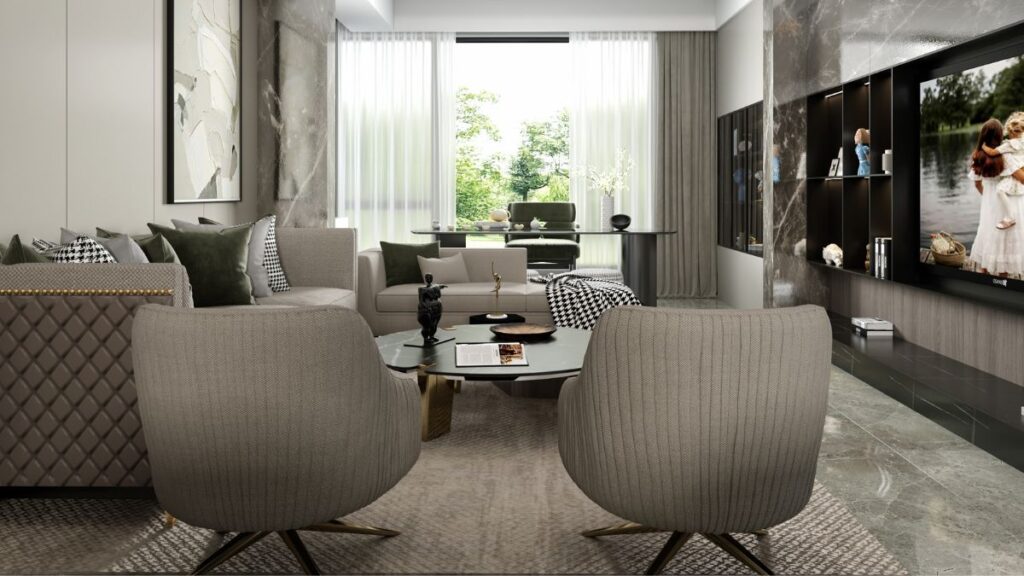
Key Features of CAD in Interior Design
CAD software offers numerous features beneficial for interior design, including:
- The ability to create detailed floor plans and elevations.
- Tools for adding textures, colors and lighting effects.
- 3D visualization capabilities for client presentations.
Bringing Spaces to Life with 3D Modeling
Advantages of 3D Modeling
3D modeling is an advanced design technique that allows designers to create a virtual representation of a space. It provides a realistic view of the proposed design, enabling clients to visualize the end result. Discover more about making spaces come to life with 3D modeling here.
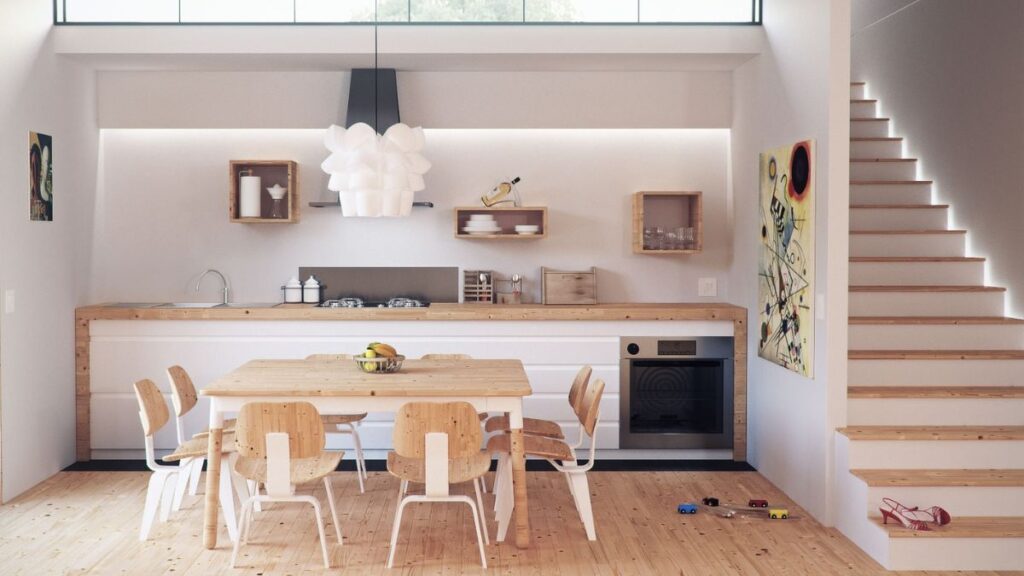
Practical Applications of 3D Modeling
3D modeling is not just for creating impressive presentations. It can also be used for:
- Exploring different design options.
- Analyzing the impact of design decisions.
- Creating virtual tours of a space.
Illuminating Your Space: Lighting Techniques
Types of Lighting
A well-lit space can dramatically enhance the ambiance and functionality. Different types of lighting – ambient, task, and accent – play unique roles in interior design. Learn more about these lighting techniques to enhance your home here.
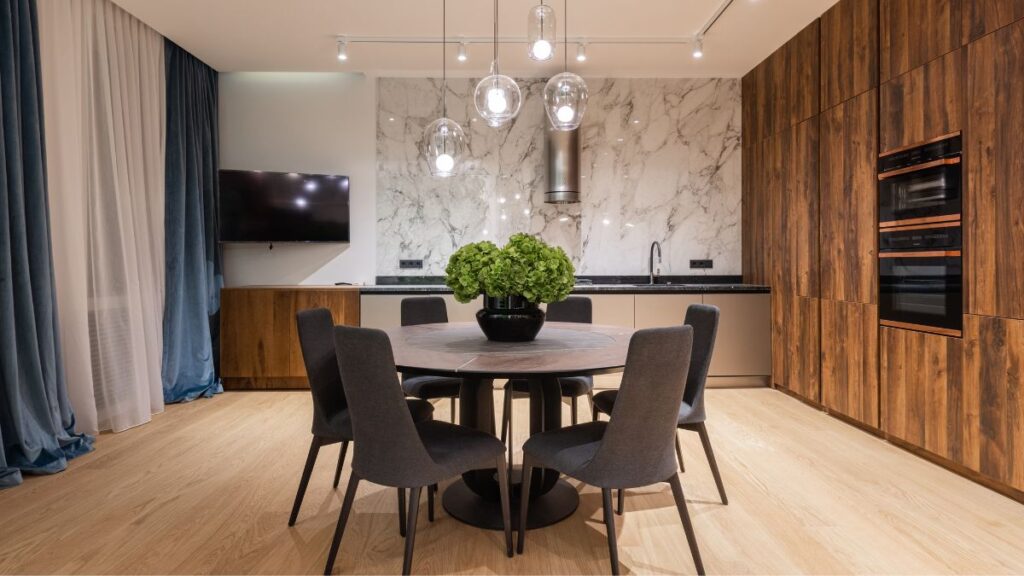
Lighting Design Tips
Here are some pro tips for effective lighting design:
- Balance different types of lighting to create a comfortable and functional space.
- Use dimmers to control the intensity of light.
- Highlight architectural features or artworks with accent lighting.
Selecting the Perfect Materials and Finishes
Considerations When Choosing Materials and Finishes
Choosing the right materials and finishes can make or break a design. It’s important to consider the function, durability, and aesthetics of the material, as well as its maintenance requirements. Find more insights on choosing the right materials and finishes for your space here.
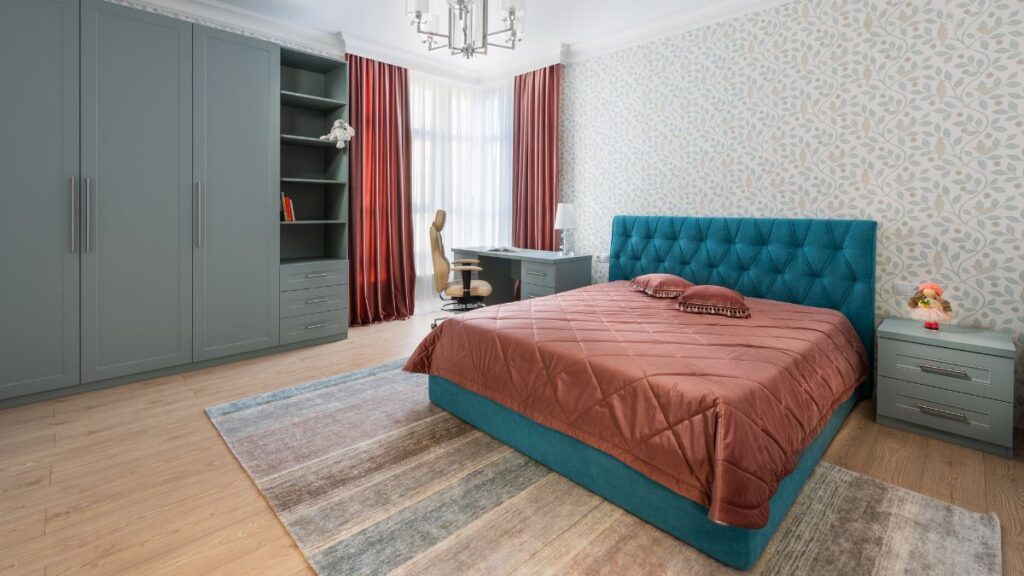
Popular Materials and Finishes in Interior Design
Different materials and finishes can create different moods and styles. Some popular choices include:
- Wood for warmth and natural beauty.
- Metals for a sleek, modern look.
- Textured finishes for added visual interest.

Key Takeaways: Empowering Your Interior Design Vision
- Harnessing Traditional and Digital Tools: Mastering both sketching and CAD is crucial for modern interior design.
- Understanding Lighting: A strategic lighting plan can elevate the functionality and aesthetic appeal of any space.
- Material Matters: The right materials and finishes are vital for achieving both durability and desired stylistic effects.
- The Power of 3D: Utilizing 3D modeling can significantly enhance the design process, from conceptualization to client presentation.
Conclusion
Understanding and applying these interior design techniques can help you create beautiful, functional spaces that reflect your personal style. Whether you’re a budding designer or a design enthusiast, mastering these techniques will open up a world of design possibilities.
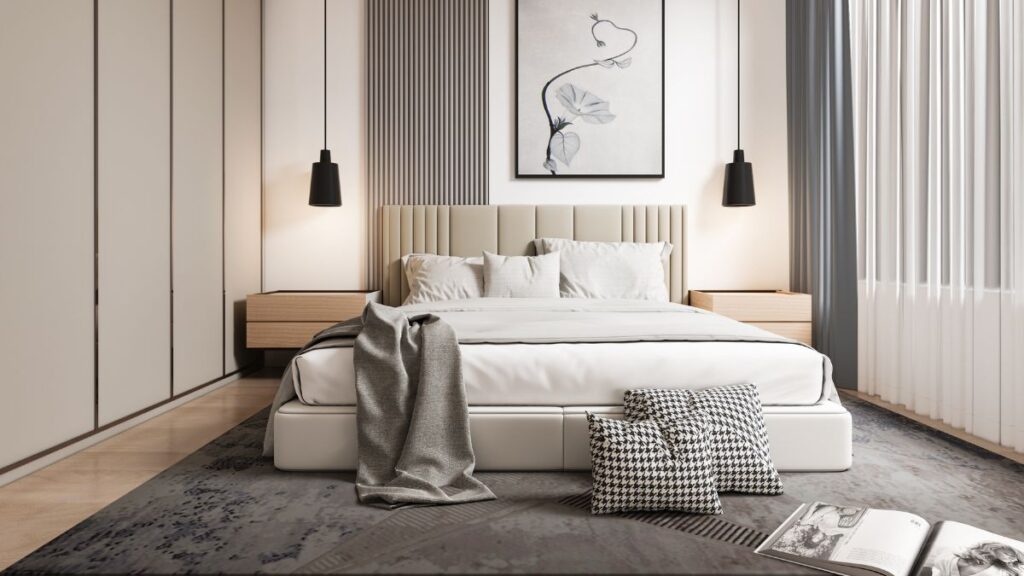
FAQs
1. How has Computer Aided Design (CAD) transformed interior design?
CAD has revolutionized interior design by providing tools that allow for highly precise and detailed designs in both 2D and 3D. This technology enhances accuracy, facilitates complex calculations, and allows for immersive client presentations.
2. What are the practical benefits of 3D modeling in interior design?
3D modeling offers more than just visual appeal; it allows designers to experiment with spatial arrangements, assess the impact of their designs, and produce virtual tours that help clients envision the final setup of their spaces.
3. What role does sketching play in modern interior design?
Even in the digital age, sketching remains fundamental in interior design. It allows for rapid visualization of ideas and easy modification, making it an indispensable tool for conceptualization and communication.
4. What are the key interior design techniques?
These include sketching, CAD, 3D modeling, lighting design, and material and finish selection.
5. Why is sketching important in interior design?
Sketching is a quick and effective way to communicate design ideas. It allows designers to explore different concepts and make changes easily.
6. What is CAD in interior design?
CAD, or Computer Aided Design, is a software used to create detailed, accurate designs in 2D and 3D. It offers numerous features beneficial for interior design.
7. Why is 3D modeling used in interior design?
3D modeling enables designers to create a realistic virtual representation of a space, helping clients visualize the proposed design.
8. How does lighting affect interior design?
Proper lighting enhances the aesthetics and functionality of a space. It can highlight architectural features, create mood, and improve task efficiency.
9. What should I consider when choosing materials and finishes?
Consider the function, durability, aesthetics and maintenance requirements of the material.
10. What are some popular materials and finishes in contemporary interior design?
Popular choices include natural wood for warmth, metals for a modern aesthetic, and textured finishes to add visual interest and depth to interior spaces.
11. Can you explain the different types of lighting used in interior design?
Interior design utilizes three primary types of lighting: ambient lighting for overall illumination, task lighting for specific activities, and accent lighting to highlight features or artwork, each contributing uniquely to the functionality and ambiance of a space.
12. What considerations should guide the selection of materials and finishes in interior design?
When selecting materials and finishes, factors like durability, functionality, aesthetics, and maintenance should be considered to ensure that they meet the needs of the space while complementing its overall design.
13. How does lighting design influence the mood and functionality of a space?
Effective lighting design can dramatically transform the mood and usability of a space. By strategically balancing different types of lighting, designers can create environments that are both attractive and functional.
14. Why is perspective drawing important in sketching for interior design?
Perspective drawing is crucial as it helps capture the three-dimensional depth of a space, providing a more realistic and relatable view of the intended design, which is essential for both designers and clients.
15. What capabilities does CAD software offer to interior designers?
CAD software aids in creating detailed floor plans, elevations, and the application of various textures, colors, and lighting effects, which are pivotal for developing comprehensive and accurate design proposals.
16. How can 3D modeling be used beyond creating presentations?
Beyond presentations, 3D modeling is instrumental in exploring various design scenarios, analyzing the impact of design choices, and facilitating realistic virtual tours that help clients make informed decisions.

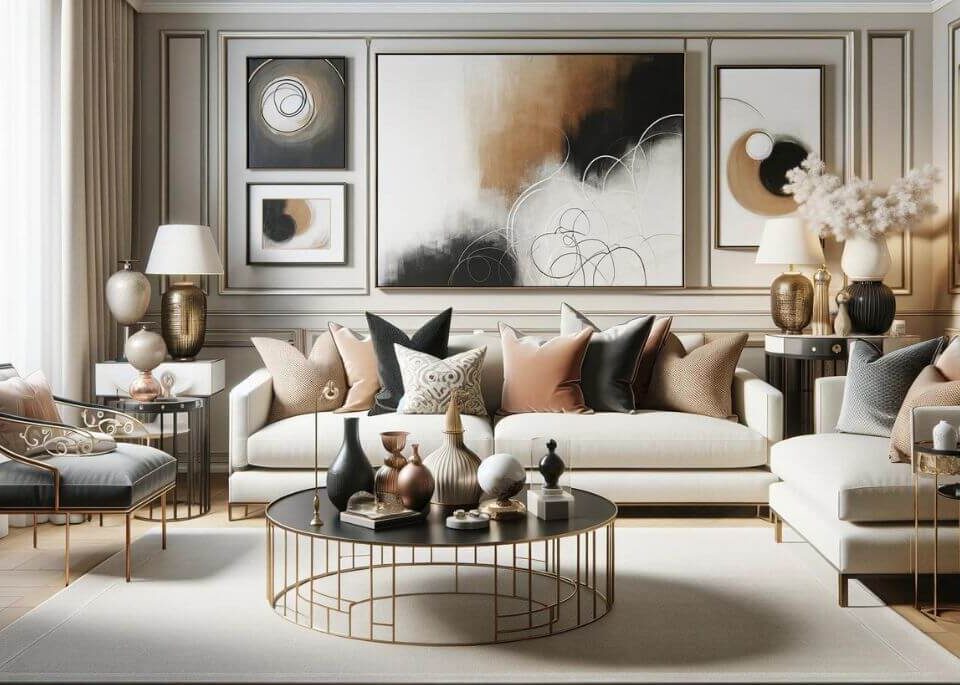
0 Comments
You made some decent points there. I regarded on the internet for the problem and located most people will go along with along with your website.